By Erica Rascón on January 14, 2015 in News
The top five healthiest cities in the world have one thing in common: pedestrian-friendly access to work centers and residential neighborhoods. Master-planned communities that cater to walkers and cyclists are the norm in these cities; year after year, the healthiest cities continue to foster such features.
These cities provide different models that can be replicated throughout the world. By adapting pedestrian-centered methods, cities can bolster resident health, improve air quality, and facilitate sustainable growth.
As scored by the BBC, “The Top 5 Healthiest Cities” are as follows.
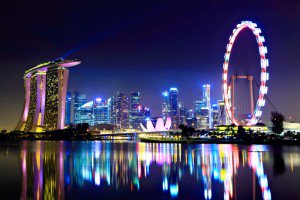
Singapore holds the world’s lowest infant mortality rate as well as one of the longest life expectancies, more than 84 years according to the CIA World Factbook. Part of residents’ health is contributed to a stellar healthcare system, ranked 6th by World Health Organization.
Heath care has improved its services once gain thanks to an initiative called Pioneer Generation Cards, subsidies that allow seniors to receive more substantial medical and dental care. Clinics reported an average 30 percent increase in the amount of senior patients since the program’s inception.
Residents’ active lifestyles are also a contributing factor to high life expectancies. Singapore boasts nearly 70 parks throughout the island, each with its own unique features and attractions aimed at keeping residents active and connected to the outdoors. Park Connector Network unites many of the sites with 200km of pedestrian paths.
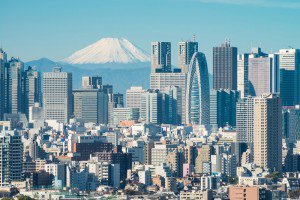
Tokyo residents can also expect a higher than normal life expectancy of over 84 years, citing universal health insurance, a traditionally healthy diet, and state-supported public health as driving factors.
Urban Japanese residents also get in a daily workout. With the world’s most efficient transit system, many residents walk and cycle each day, enjoying pedestrian-friendly access to most job hubs, residential centers, and entertainment venues.
The city is not content to rest on its laurels. Tokyo continues to place public health in the foreground. The region experienced one of history’s most catastrophic tsunamis in recent years, as well as the Fukushima disaster. Much to the approval of residents, the city has cut the budget for the 2020 Summer Olympics in order to make public health and recovery top priorities.
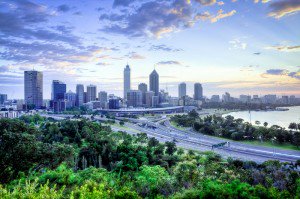
Perth ranked among The Economist Intelligence Unit’s Top 10 most livable cities based on its economic stability, healthcare, education, infrastructure, culture and environment.
The later factors recently received the biggest boost as cities throughout Australia embark on infrastructural and cultural improvements.
A mild climate and plentiful natural wonders serve as the perfect backdrop for residents’ active lifestyles, including a vast cycling community. The popular Public Open Space Tool offers residents an easy guide to nearby parks and recreational facilities. The public services and amenities come at a price. Perth is also Australia’s most expensive city.
Copenhagen has received international accolades for slashing greenhouse gas emission by 20 percent since 2005 and for embracing the race towards carbon-neutrality by 2025. Ambitious building standards require that all new construction receive carbon neutral certification by 2020.
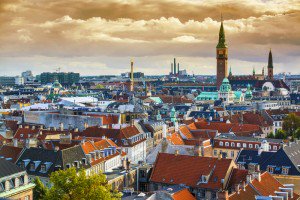
Copenhagen also ranked first place as the Smartest City in the world by Co.Exist and is the European Green Capital of 2014 for its innovations with infrastructure, technology, and entrepreneurship. City officials frequently collaborate with technology leaders and premiere universities to find sustainable solutions to infrastructure and real estate dilemmas.
Monaco wraps up the list. What the city lacks in size, it makes up for in quality.
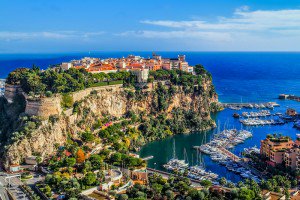
Monaco claims the world’s longest life expectancy at nearly 90 years, facilitated in part by the 13th best health care system in the world and a wealthy population that can afford and pursue the best care. The city-state also places its storehouse of resources to relatively good use by developing sustainable tourism and purchasing carbon offsets for events hosted in the city. Monaco’s small size makes it one of the easiest cities on the list to traverse on foot.


